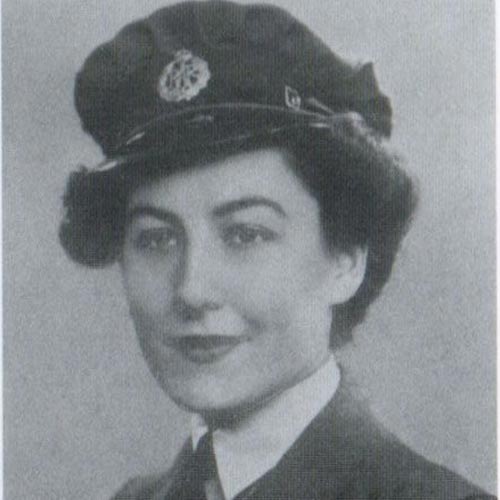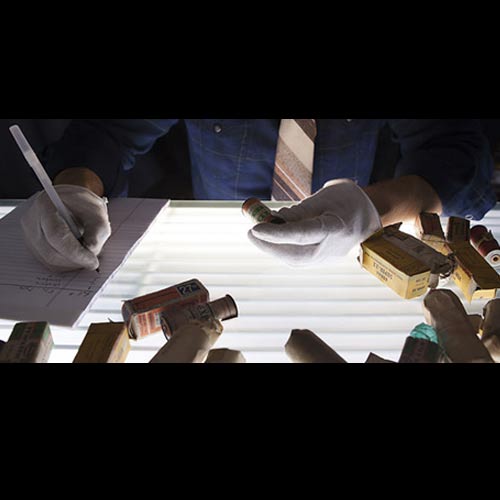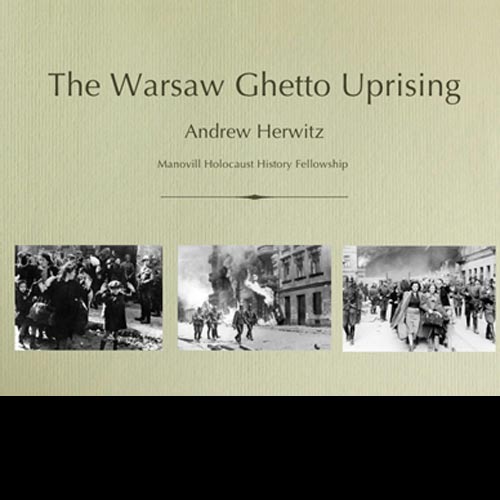Article
April 28, 2017
Do you have a sweet tooth? Most of us do and according to the United States Department of Agriculture, the average American consumes between 150 to 170 pounds of refined sugar in one year! During WWII your sweet tooth would have taken a serious hit as sugar was the first rationed commodity and this continued until June 1947. Each sugar ration stamp was good for two pounds of sugar over a four-week period, providing twenty-four pounds of sugar per person, per year if it was available. In 1945 the ration amount was cut to fifteen pounds per household with an […]
April 26, 2017
In 1914, Lilian and her twin sister were born in Paris and in 1930 she moved with her British family to Brazil. She worked for the British Embassy in Rio de Janeiro at the onset of WWII eventually monitoring German shipping movements in the harbor. In 1943 she returned to England to join the Women’s Auxiliary Air Force and became a wireless operator. Fluent in French, she came to the attention of (SOE) Special Operations Executive and agreed to work for them as a British special agent. Using the code name “Nadine”, she joined the Historian network in France in […]
April 21, 2017
Recently I learned about The Rescued Film Project, an online archive gallery of images captured on film between the 1930’s and late 1990’s. Each image was recovered from film found in sites all over the world, and came to the project in the form of undeveloped rolls of film. This organization has the capability to process film from all eras regardless of its condition or age. I was truly fascinated by this group and what they are doing. It made me wish I still had my father’s WWII camera which was sold as part of an estate sale. However, I […]
April 19, 2017
Seventy-four years ago, the most famous Jewish resistance attempt began in Warsaw, Poland. German troops had entered the ghetto to resume deportation of the remaining Jewish residents to the Treblinka Concentration Camp, a designated killing center. A small but determined group of seven hundred fifty resistance fighters, armed with a few smuggled rifles and hand-made grenades, held off a large contingent of heavily armed German troops for almost a month. The uprising ended on May 16, 1943 with the bombing of the Great Synagogue and destruction of the ghetto. Of the 56,000 Jews captured, 7,000 were sent to Treblinka.




